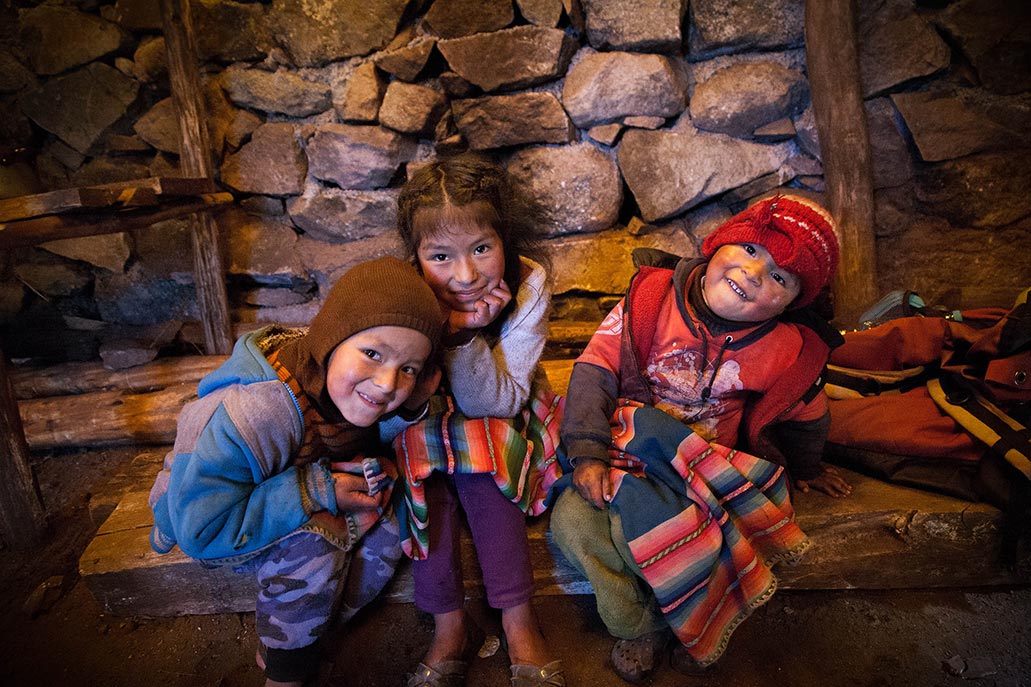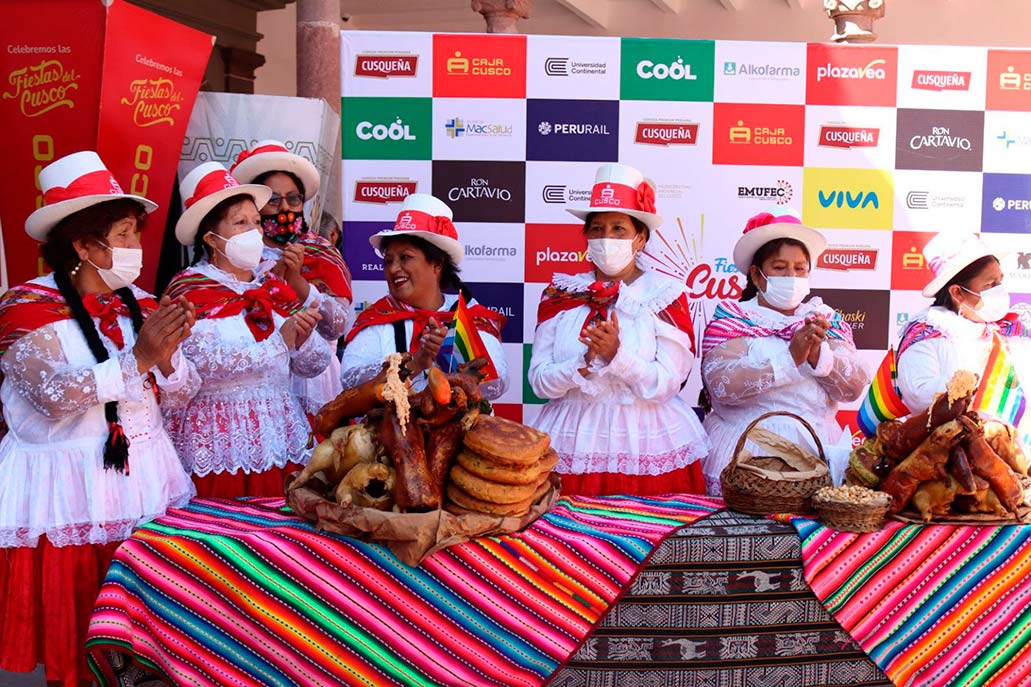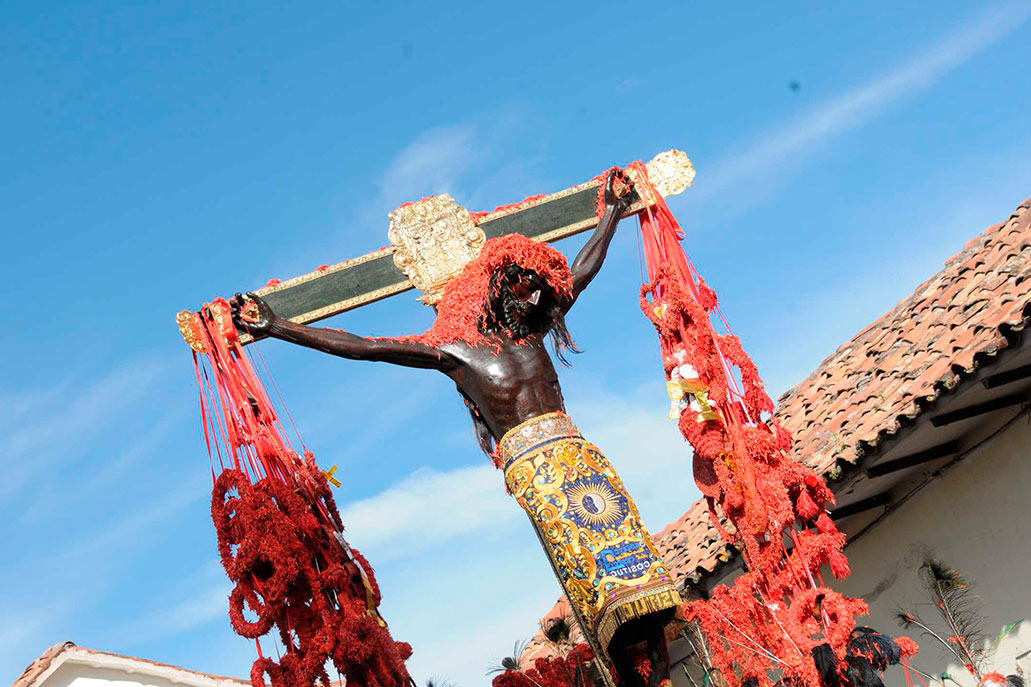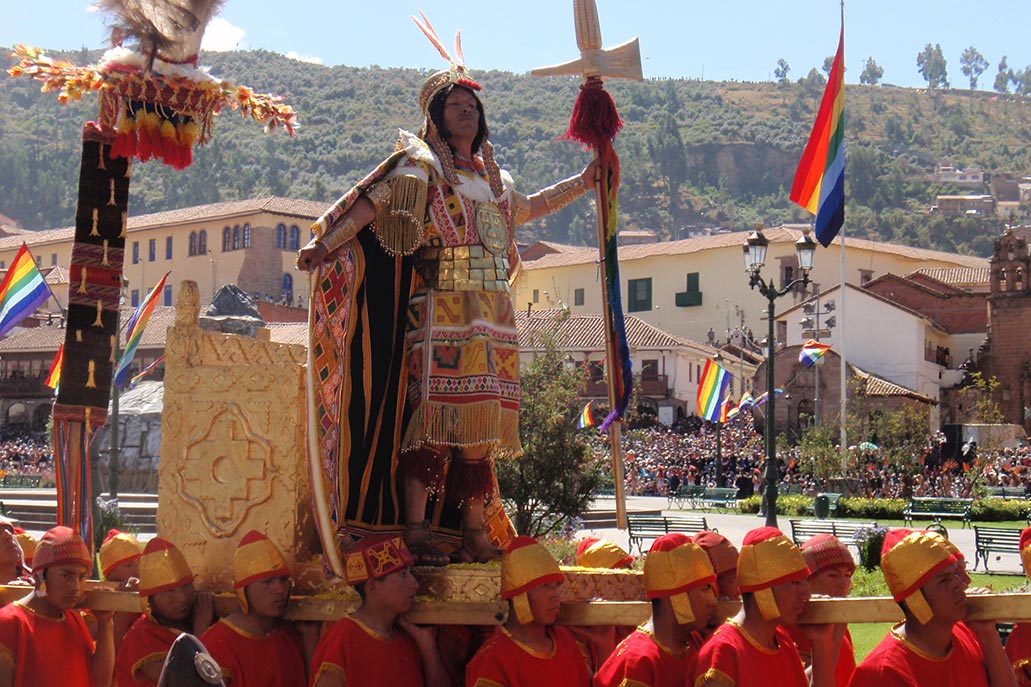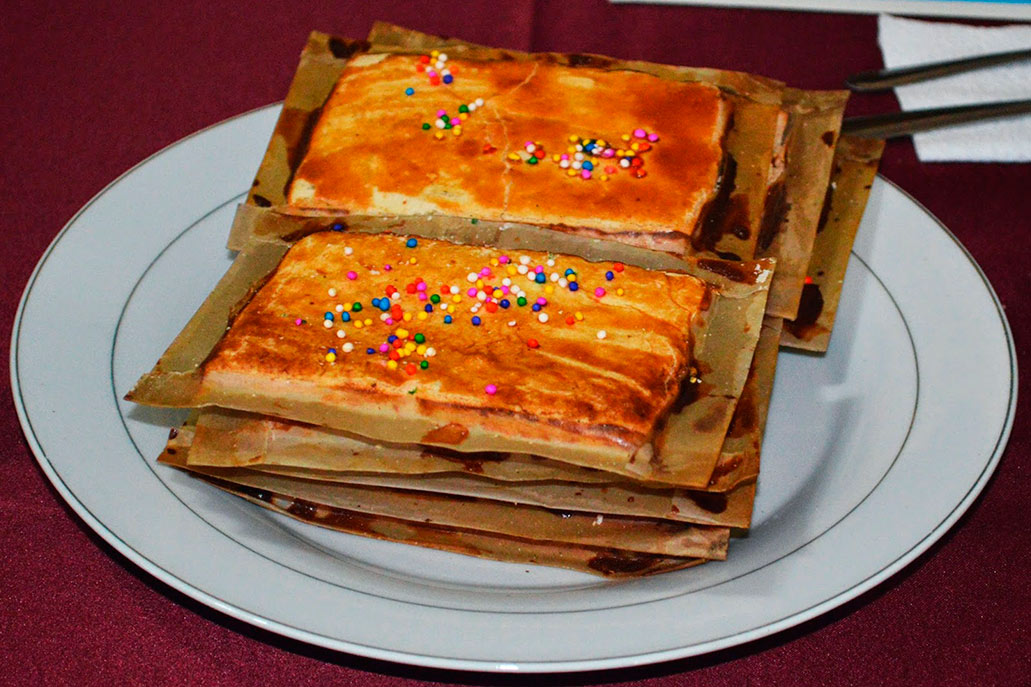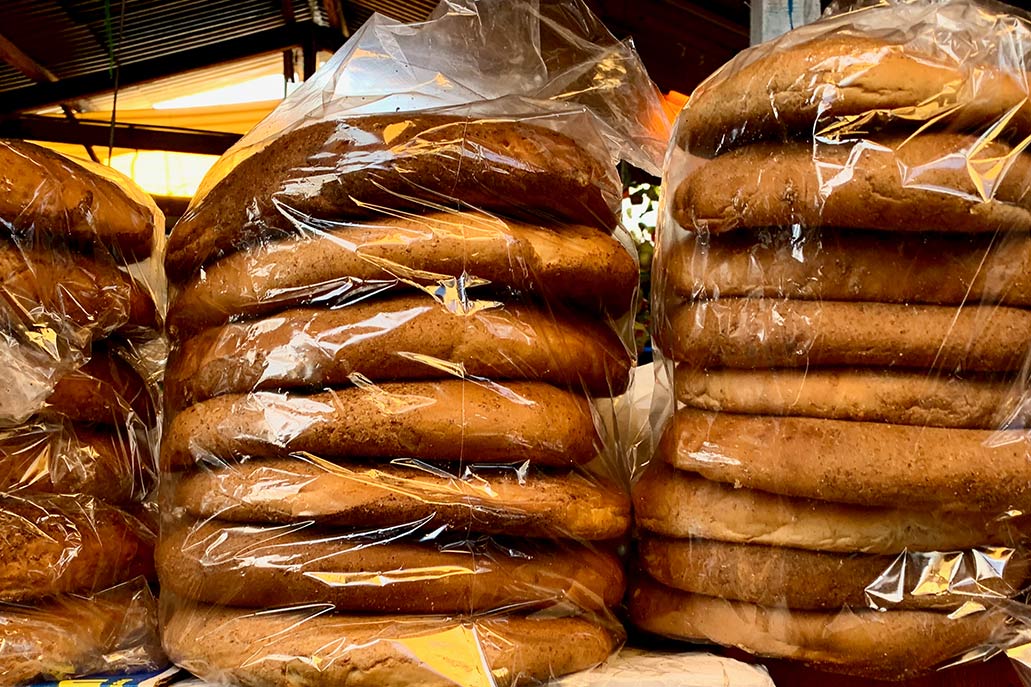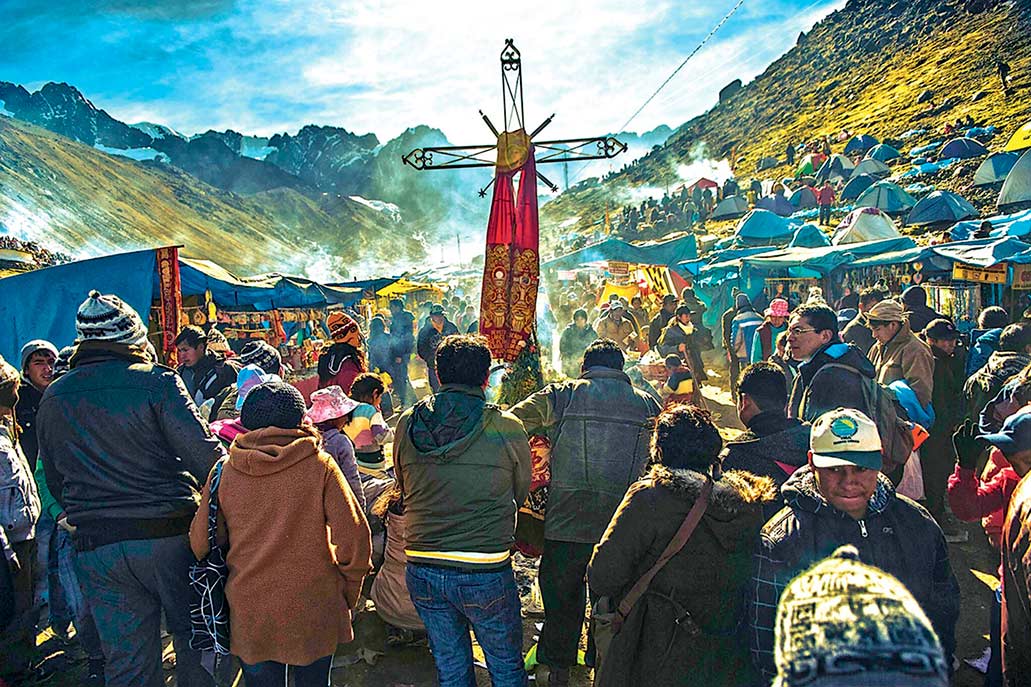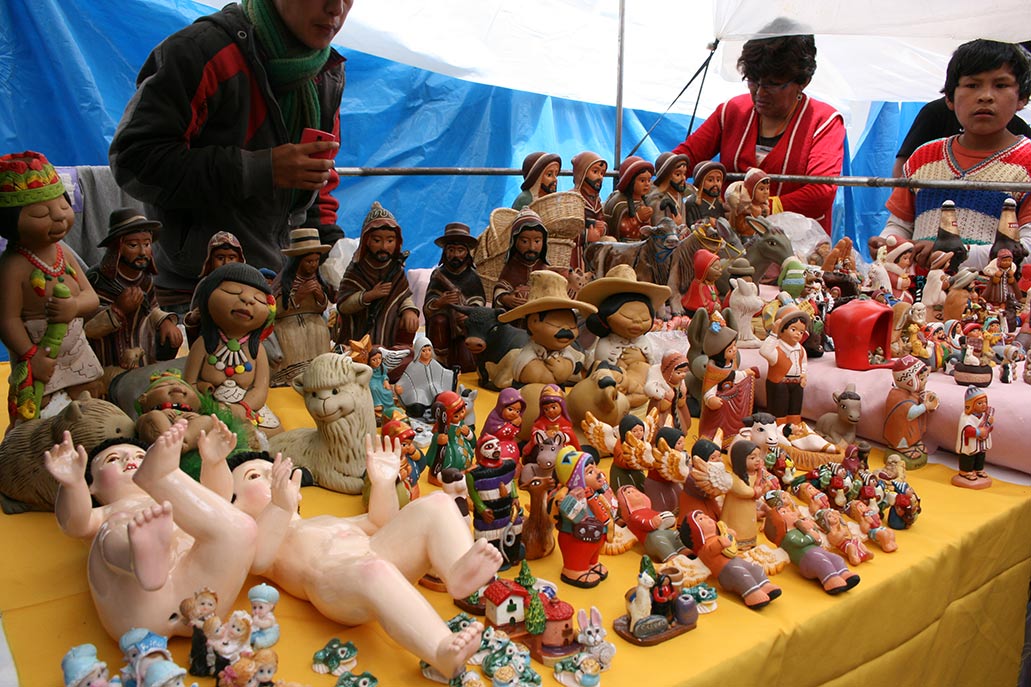8 unique Cusco customs in Peru
Cusco was the capital of the Inca empire. In addition, it was a space of great importance during the colonial era in Peru. Today, the people of Cusco are heirs to customs and traditions whose origin dates back hundreds of years and which are unique in Peru. Among them, its religious festivities, language, gastronomy and even ceremonies of Inca origin stand out. Get to know the 8 customs of Cusco that are unique in Peru!
Content
Cusco Quechua
Cusco Quechua is different from the rest. It is a modern dialect of southern Quechua that is spoken by about 1.5 million people in Peru. It has great similarities with the Quechua of Ayacucho, Puno and even Bolivia. However, the pronunciation has some differences. It is believed that it was the Quechua spoken by the Incas.
In Cusco many people speak Quechua as their mother tongue and, also as a second language, Spanish. Product of the existence of both languages, the speech of the cusqueños is characterized by the use of diminutives and Castilianized Quechua words, such as ‘alalau’ (how cold) or ‘achacháu’ (what pain). For tourists it is an opportunity to learn more about the culture of Cusco such as the Quechua language.
- More information: It is estimated that 13.9% of Peruvians have Quechua as their mother tongue. That is, about 3 million 375,682 thousand people.
The chiri uchu
The chiri uchu is the most famous typical dish of Cusco. Its name comes from the Quechua words ‘Chiri’ (cold) and ‘Uchu’ (chili). It is that this dish is eaten cold and its existence dates back to the same Inca period. Certain chronicles state that this dish was offered to the sun god ‘Inti’ during ceremonies. Today this dish is highly requested by families in Cusco, especially on Corpus Christi.
The main ingredients of chiri uchu are guinea pig, chicken, cochayuyo, fresh cheese, rocoto, corn tortilla and the precise dose of salt and pepper There are traditional restaurants where it is the most requested dish. There is even a civil association of chiriucheras from Cusco (made up of 180 people). If you visit Cusco you should not miss the opportunity to try this dish, the most recognized in Cusco.
- More information: Corpus Christi is the most famous Catholic festivity in Cusco, where chiriuchu is the main dish on the Cusco tables. This festivity is also characterized by the procession of fifteen religious figures, the main ones from the churches of Cusco.
The festival of the Lord of Earthquakes
The Lord of Earthquakes is the main saint or patron saint of Cusco. For this reason, he is recognized as the ‘Sworn Patron of the city of Cusco’. Its veneration dates back to the 1650 earthquake, when it was taken out in procession to avoid the constant aftershocks. Since then he has been adored by Cusco families. Every Holy Monday it is taken in a procession to later remain in the Cathedral
The ‘Taitacha’ de los Temblores festivity also includes presentations of typical dances, flower carpet games and devotional displays. This religious figure is believed to grant miracles to his devotees. In 2005, during the restoration of his figure by the National Institute of Culture (INC), letters were found in the thorax of the sculpture. The oldest of all was dated 1782.
- More information: The image of the Lord of the Earthquakes is also carried in procession on Corpus Christi day. That day, fourteen other religious figures from the main temples of the city of Cusco are also taken in procession. They all meet in the Cathedral.
The famous Inti Raymi
The Inti Raymi (festival of the sun, in the Quechua language) is the main tourist celebration of Cusco. It takes place every June 24 on the day of the winter equinox in the southern hemisphere. The festivity vindicates the Inca tradition of wawa Inti Raymi. The main activity is the staging of hundreds of actors in three points of historical importance: Sacsayhuamán, Coricancha and the Plaza de Armas.
The day of Inti Raymi (June 24) is a holiday in all of Cusco. Families leave early to appreciate the shows in Coricancha and Plaza de Armas. In Sacsayhuaman, the ceremony requires the purchase of a tourist ticket. In the afternoon and evening, families from Cusco walk through the streets enjoying dance shows and gastronomic fairs. The objective is to vindicate the Cusco culture.
- More information: The wawa Inti Raymi was prohibited during the colony in 1572. In 1944, the artist from Cusco Faustino Espinoza Navarro composed the reconstruction of this ceremony in a staging. Since then, the Inti Raymi has been held for more than 70 years.
The twelve dishes at Easter
Every year on Good Friday, Cusco families enjoy the tradition of the twelve dishes. As its name indicates, this tradition consists of serving twelve dishes or desserts (sweet and salty) that commemorate the ceremony of the last supper, with Jesus and the twelve disciples. Some families prefer to hold this celebration on Holy Thursday. Even some families do not complete the twelve dishes, but some less.
Tradition indicates that the most prepared dishes on that date are: corn cream, rice chupe, lizas chupe (olluco), pumpkin soup, fried fish, broad bean kapchi, pumpkin stew, tarwi, stew with peach, rice pudding, mazamorra with chancaca, biscuits, countess, sighs and the sweet Cusco empanadas. Tourists have the opportunity to taste exquisite Cusco dishes sold in the streets and markets.
- More information: One of the best ways to taste the twelve dishes of Good Friday is to visit the San Pedro market, one of the most popular and touristy in Cusco. In the food court you can try broths, sweets, empanadas and more.
The chuta bread
Trying the chuta bread is a must for tourists who visit Cusco. This bread is famous for its circular shape, its soft texture and unique flavor. This bread is famous for being prepared in the Oropesa district, 26 kilometers from the city of Cusco. There, it is believed, there is the water of an Inca divinity, which is the secret ingredient to prepare bread in a traditional oven. It is estimated that in Oropesa there are 86 ovens and 3 thousand inhabitants are dedicated to the bakery.
It is estimated that every day a thousand chuta breads are transported from Oropesa to the main markets of Cusco. Tradition indicates that only the death of a resident can stop the bakers of Oropesa from preparing the chuta bread. This bread is prepared and consumed all year round. The cost of the bread varies between 5 to 10 Peruvian soles (2 to 4 dollars approximately). It is possible to find it in the main supply centers such as the San Pedro market.
- More information: Oropesa and Cusco is famous not only for Oropesa bread but for other varieties such as t’anta wawa bread, chapla bread, huaro bread, chola bread, its empanadas, sweets and more. Come try them!.
The pilgrimage of Qoyllur Riti
Every year, at the end of May or the beginning of June (the date varies), the pilgrimage of the Lord of Qoyllur Riti takes place. This religious festivity causes amazement because it takes place at more than 5 thousand meters of altitude, in the community of Mawayani, district of Ocongate and province of Quispicanchis. Its name ‘Qoyllur Riti’ means ‘brilliant snow’ because it is located at the foot of the snowy Ausangate at 4,600 meters above sea level.
The Qoyllur Riti festival brings together nearly 10 thousand people from the different communities of Cusco every year. The pilgrimage, in addition to the displays of faith, stands out for the groups of dancers, music, fireworks and more. The route can exceed 5 hours on foot under temperatures of 0ºC. approximately. It is known as the largest pilgrimage in the Andes Mountains.
- More information: In 2011 the pilgrimage of the Lord of Qoyllur Riti was included in the representative list of Intangible Cultural Heritage of Humanity.
The Santurantikuy
The Santurantikuy is a Christmas festivity that takes place every year on December 24 in the Plaza de Armas of the city of Cusco. Its name comes from a Quechua word that means ‘sale of saints’. And as its name indicates, that day the central streets of Cusco are filled with color as thousands of statuettes of saints, virgins and animals are sold commemorating the birth of the baby Jesus.
The Santurantikuy festival dates back to colonial times. The objective was to evangelize the first inhabitants of Cusco. The mixture of Andean and Christian culture created particular aspects such as the Manuelito child (child Jesus), with Andean features and clothing. These and other figures can be seen during the tour of the fair. That day, typical dishes and Christmas decorations are also sold.
- More information: The Santurantikuy begins a few days before Christmas and ends a few days after this date. The most famous figures are the handicrafts of the Olave or Mendívil families. Take advantage of!
By Machupicchu Terra – Last updated, August 28, 2023

